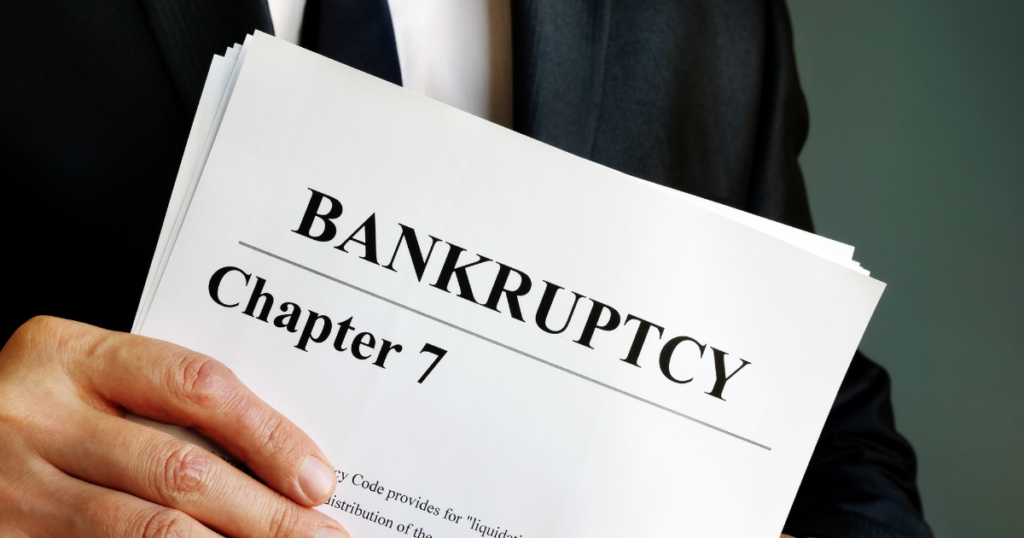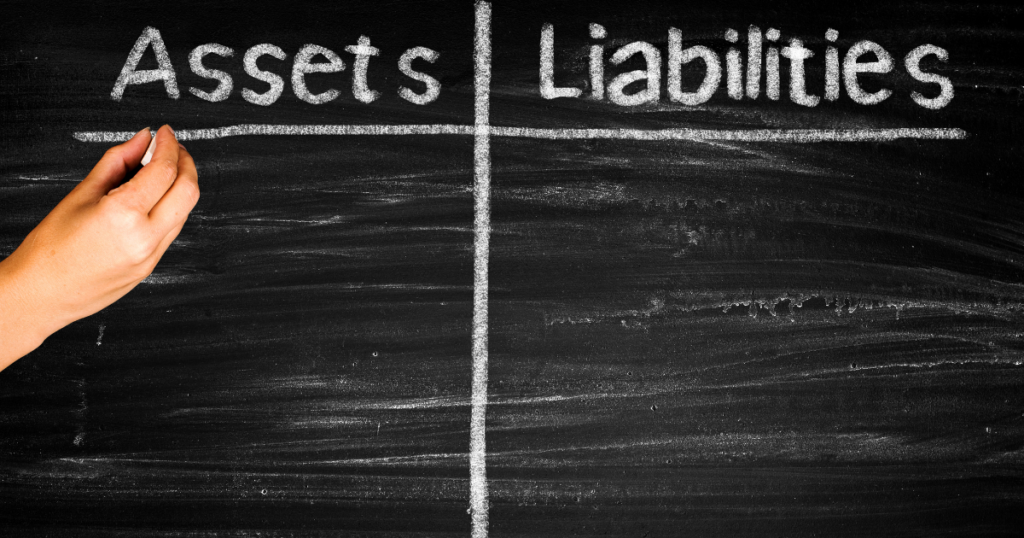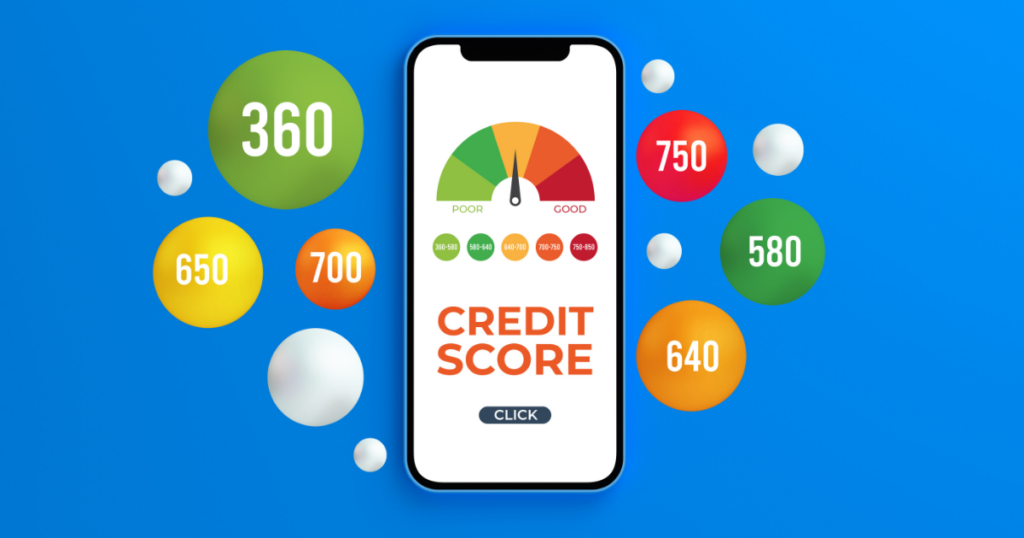Blog
Introduction
Take control of your finances and eliminate debt with Chapter 7 bankruptcy. If you’re facing financial struggles, this viable solution can provide the stability you need. But you’re probably wondering, how long will it take? Don’t worry. We’ve got you covered. Read on to discover the filing timeline for Chapter 7 bankruptcy and what to expect every step of the way.
Disclosure: Please note that some of the links are affiliate links and at no additional cost to you, I’ll earn a commission. Know that I only recommend products and services I’ve personally used and stand behind.
Table of Contents
Understanding the Chapter 7 Bankruptcy Process
Chapter 7 bankruptcy is a type of liquidation bankruptcy that provides debt relief by eliminating certain types of unsecured debts such as credit card bills and medical bills. To qualify, you must pass means testing, which considers your income and expenses relative to the median income in your state. After passing the test, you can move forward with the filing process.
Meeting With a Bankruptcy Attorney
The first step is to meet with a bankruptcy attorney, who will guide you through the entire process. During your consultation, they’ll go over the necessary documentation, such as tax returns and pay stubs, and review your debts and assets. This initial step is important in order to determine whether Chapter 7 bankruptcy is the right solution for your financial situation.

What is Chapter 7 Bankruptcy?
Experience financial freedom with Chapter 7 bankruptcy! In just a few steps, you can eliminate certain debts and retain your precious assets. Unlike other bankruptcy options, Chapter 7 offers a quick and efficient escape from debt. Simply provide your financial information and assets, and once approved by the court, you’ll be free from the burden of most debts. Say goodbye to financial stress and hello to a brighter future with Chapter 7 bankruptcy.
Why is Chapter 7 Bankruptcy Important for Financial Freedom?
Take control of your financial future with Chapter 7 bankruptcy. If you’re drowning in debt and struggling to make ends meet, this powerful tool is here to rescue you. Say goodbye to the constant stress of unpaid bills, wage garnishments, and relentless collection calls. Chapter 7 bankruptcy offers a fresh start, allowing you to rebuild your credit score and regain control of your finances. Don’t let debt hold you back any longer – discover the freedom that Chapter 7 bankruptcy can provide.

Pre-filing Stage
Experience peace of mind with our team of skilled attorneys. Connect with our knowledgeable staff for a personal consultation, where we can address your concerns and outline a clear game plan tailored to your needs. Take the opportunity to get to know us and feel comfortable with the process. Don’t hesitate to ask questions – we’re here to guide you every step of the way. Achieve the peace of mind you’ve been longing for.
Gathering Financial Documentation
Gathering your essential financial documents. These documents are the building blocks for creating an all-inclusive list of your assets and debts, a vital requirement for submission to the court. Be sure to gather income statements, bank statements, tax returns, and more. Don’t forget to also organize copies of any legal paperwork associated with your debts, like loan agreements and credit card statements.
Completing Credit Counseling
You will need to complete a quick and convenient credit counseling course to understand your options better and improve your financial management skills. The court has compiled a list of trusted agencies offering this service, making it easier for you to find the right one. With online versions available, you can complete the course in just one to two hours.

Filing Process
Ready to take control of your financial future? With all your necessary paperwork in hand and the recommended credit counseling course under your belt, it’s time to take the next step and file for Chapter 7 bankruptcy. Gather all your documents and submit them to the attorney’s office for review. Once approved, the petition will be sent to the court for filing.
Meeting of Creditors
After filing for bankruptcy, you will have a significant milestone to face: the meeting of creditors. This crucial gathering is designed to shed light on your financial situation and provide a chance for questions to be answered.
Transparency is Key: Honesty is paramount during this process. The information you provide must be accurate and reliable, ensuring a fair evaluation of your circumstances. Be sure to provide honest answers during this meeting – it’s the key to moving forward with your bankruptcy.
Efficiency Plus Insight: The meeting typically lasts a mere 20-30 minutes, saving you valuable time while paving the path to your financial recovery. In attendance, you will find yourself alongside your attorney, the trustee, and creditors.
What to Expect at the Meeting of Creditors
During the meeting of creditors, debtors can anticipate addressing inquiries regarding their financial status and assets. Rest assured, the trustee meticulously examines all the documents submitted throughout the filing process to ensure their accuracy and currency. Moreover, the trustee may request supplementary information or documentation if deemed necessary. Guiding you through this process with the utmost professionalism and attention to detail is our top priority for your satisfaction and compliance.
Providing Required Documentation to the Trustee
In some cases, in order to ensure a smooth and successful meeting of creditors, the trustee may request debtors to furnish additional documents or information. These documents may include proof of income, bank statements, tax returns, and other relevant financial records. It is crucial for debtors to promptly gather and prepare these necessary documents to guarantee their readiness before the scheduled meeting. By doing so, they can demonstrate their commitment to fulfilling their obligations and expedite the process for all parties involved.

Assets and Debts
During the bankruptcy process, it is necessary for individuals to diligently list all of their assets and debts. This encompasses both secured and unsecured debts that ought to be included in the bankruptcy filing. Accurately listing all assets and debts is of utmost importance as it significantly contributes to the success of the filing. By ensuring a comprehensive and precise representation of your financial situation, you can maximize the chances of a smooth and successful bankruptcy process tailored to your specific needs and requirements.
Identifying Exempt and Non-Exempt Assets
When individuals file for Chapter 7 bankruptcy, it is crucial to identify the assets that are exempt from liquidation and those that are not. Exempt assets, which cannot be seized by the court to satisfy debts, typically include essential items like a home, vehicle, furniture, and clothing. These assets are protected and safeguarded during the bankruptcy process. On the other hand, non-exempt assets are subject to sale or liquidation to pay off creditors. It is imperative to have a comprehensive understanding of these distinctions to navigate the bankruptcy process effectively and protect your assets.
Understanding the Role of the Trustee
As an integral part of the bankruptcy process, the trustee plays a pivotal role in ensuring the successful completion of the proceedings. Acting as an appointed individual, their responsibility extends to a multitude of crucial tasks. The trustee diligently reviews essential documents and meticulously attends meetings to ensure that the process adheres to the prescribed plan. Moreover, their role involves facilitating the timely discharge of debts while prioritizing the well-being of both debtors and creditors. By expertly managing the liquidation of assets, the trustee ensures that creditors receive the payments they are rightfully owed. With their unwavering focus on the bankruptcy process, the trustee’s commitment guarantees its smooth execution.
Discharge and Post-filing Requirements
Once all the necessary steps have been completed, you can look forward to receiving your official discharge within a reasonable timeframe of three to six months. This signifies that you are no longer held accountable for any debts that have been discharged, as creditors are legally prohibited from pursuing any collections from you. Rest assured, our knowledgeable team will guide you through any post-filing requirements that may arise, tailored to the specific type of bankruptcy you have filed. These additional measures often encompass a budgeting course or a personalized debt management plan, ensuring your financial well-being moving forward.
Obtaining the Discharge Order
Once the court has approved the discharge, individuals will receive a discharge order. This document holds substantial significance as it explicitly states that all the debts listed in the filing have been successfully discharged, serving as irrefutable proof of this process for creditors. It is of utmost importance to keep this invaluable document easily accessible and readily available in order to promptly provide concrete evidence if and when needed, especially in the event that creditors attempt to collect payments after the bankruptcy has been fully finalized.

Rebuilding Credit After Bankruptcy
Filing for bankruptcy can indeed have a negative impact on an individual’s credit score. However, the good news is that it is absolutely possible to rebuild credit after going through the process. To kickstart the journey toward credit recovery, individuals should prioritize making all payments on time and handling credit responsibly. This involves diligently paying bills in full and being mindful of not utilizing more than 30% of available credit. As an additional step, individuals can consider obtaining a secured credit card or loan with low-interest rates. By following these strategic steps, credit scores can gradually be restored, paving the way for a brighter financial future.
Taking Control of Your Financial Future
Filing for Chapter 7 bankruptcy can initially seem overwhelming due to its complexity and time-consuming nature. However, with our comprehensive resources and expert guidance, individuals can successfully navigate this process and regain control over their financial situation in a responsible manner. It is crucial to have a clear understanding of what to anticipate during the filing process, as this knowledge can alleviate the stress associated with managing debt and facilitate the restoration of financial freedom. In addition, by implementing careful budgeting and strategic planning, it is entirely feasible to rebuild credit after filing for bankruptcy and establish a strong financial foundation for the future. Our dedicated team is here to support you every step of the way on your journey towards financial recovery.
